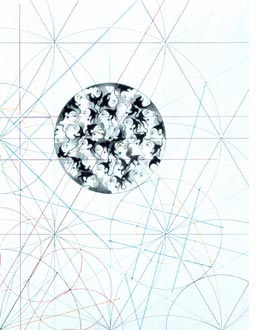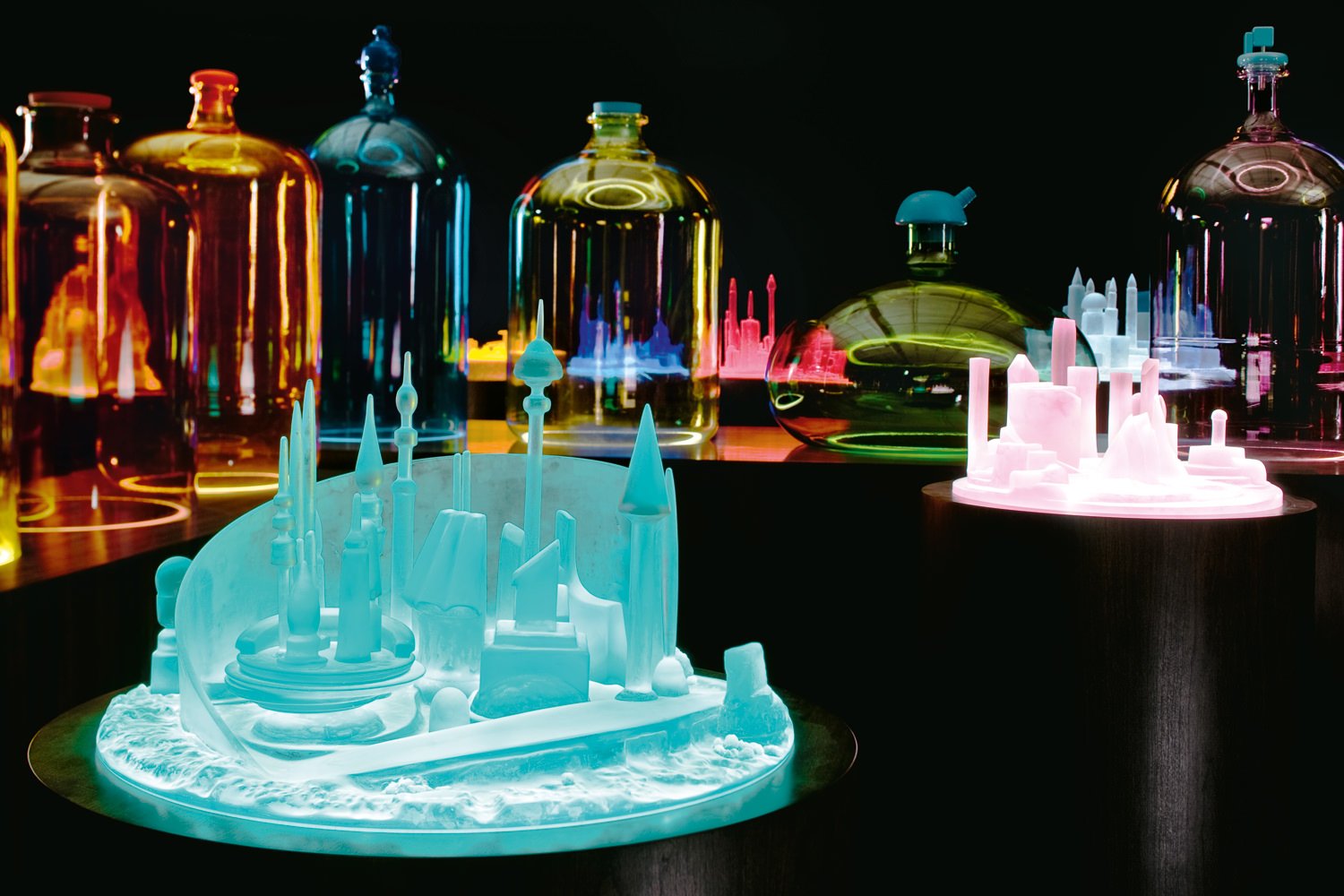Salvador Dali was born an incredibly shy and anxious child with the ability to draw at a very young age. He was raised off the coast of Spain which gave him a mass amount of beautiful things to paint a draw. Dali’s father being a lawyer was reluctant to send his son to art school but his mother encouraged him to go.
When Dali moved to Madrid to study fine art he quickly came out of his shell. He began to dress in lavish clothing and was eventually expelled for claiming that his teachers where not good enough to teach him anything. He decided to traveled to Paris to continue to learn about art. Dali worked on his art no matter what and knew that he would make an impact.
The Temptation of Saint Anthony, Dali
Dali being born in 1904 allowed him to discover the Surrealist art movement that was flourishing in Paris, in his early twenties. Surrealism was a cultural movement that began in the early 1920’s. The goal of surrealist’s were to resolve the previously contradictory conditions of dream and reality into an absolute reality, a super reality. Surrealism was inspired by the psychoanalyst Sigmund Freud's theory of the unconscious, the thoughts in the mind that occur automatically. According to Freud all of us have an inner unconscious world in which all of us have emotional and sexual repressed feelings and the only way to express them was to release them without censorship. Salvador Dali quickly took to the ideas of surrealism, he was able to express his anxieties through his artwork however he wanted.
Lobster Phone, Dali
Dali had a paranoiac critical method that he contributed to surrealism which said that what we are paranoid about is what we see in reality. He believes that we see what we want to see, not what is actually physically there. Everyone’s own perception helps create an alternative reality, a reality in which you feel most comfortable.
The Persistence of Memory, Dali
If Dali was not born at a time where he could discover Surrealism as a fresh new thing he probably would have not been able to become such an important figure. His ideas were the new face of surrealism.
Dali’s ideas were beyond just painting. His surrealist ideas consumed him and everything that surrounded him which is how he surpassed the rule. He used surrealism in, cinema, jewelry, fashion, design, advertising and comedy.
During World War II Dali moved to the United States. Dali moved to New York which is where he used surrealism to sell ordinary products such as chocolate and alka seltzer and stockings. The art of a great salesman is they don’t have to sell. They can get you to feel something about the product and not question why you feel that way and Dali understood that. He used element of surprise and was able to influence cinema based on his passion for surrealism.
The Face of War, Dali
Dali took whatever was new at the time and used surrealism to make it popular. Just like he used Freud’s theories about the unconscious in his art he used the influences of nuclear physicis in his work. He would rework some of his old pieces to fit the time period. He was determined to always stand out and be new.
Dali became so committed to surrealism and getting a reaction from society that he believed he was surrealism. Dali was one of the few artists that wanted publicity. He created things that make you think why and his answer is always why not?







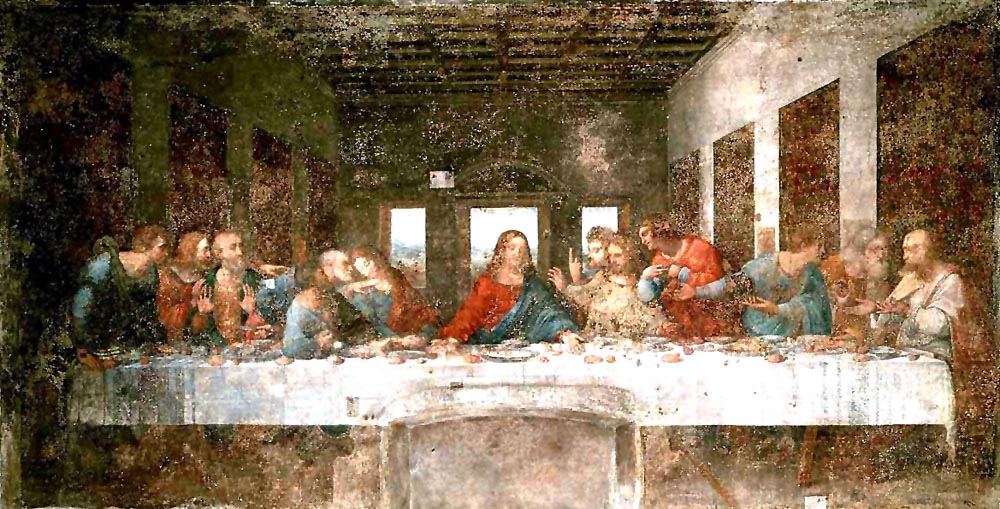


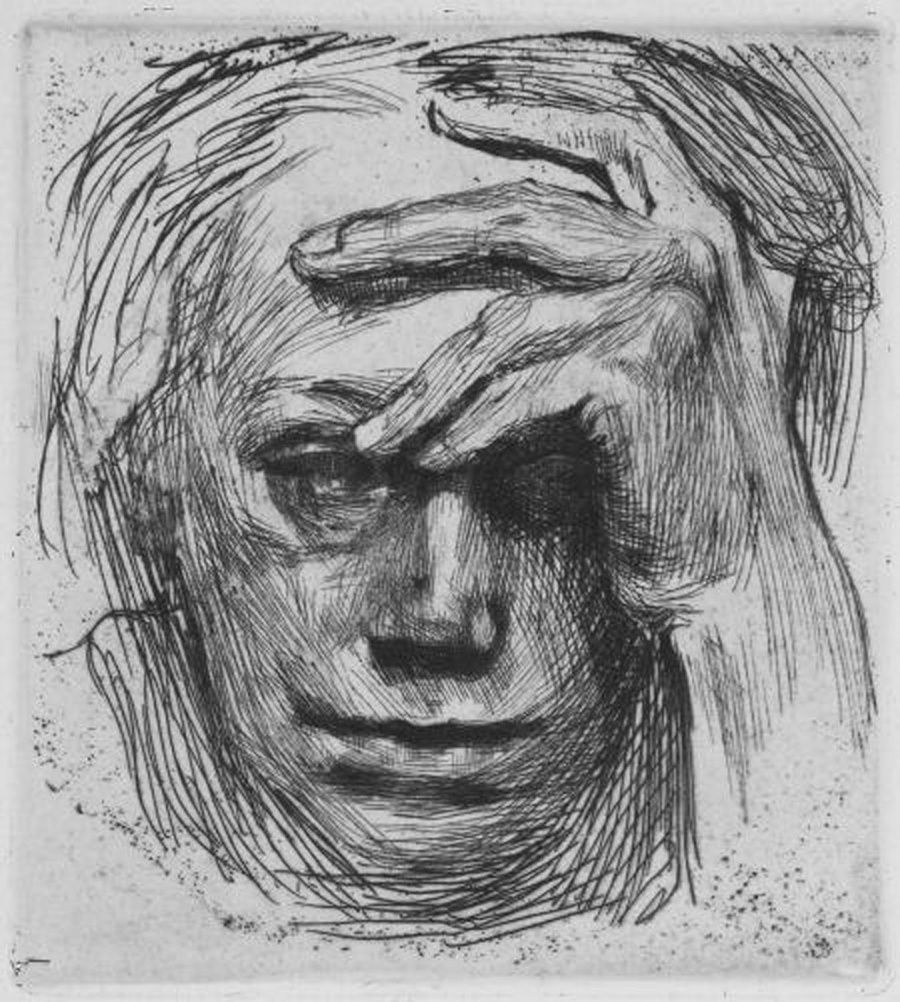

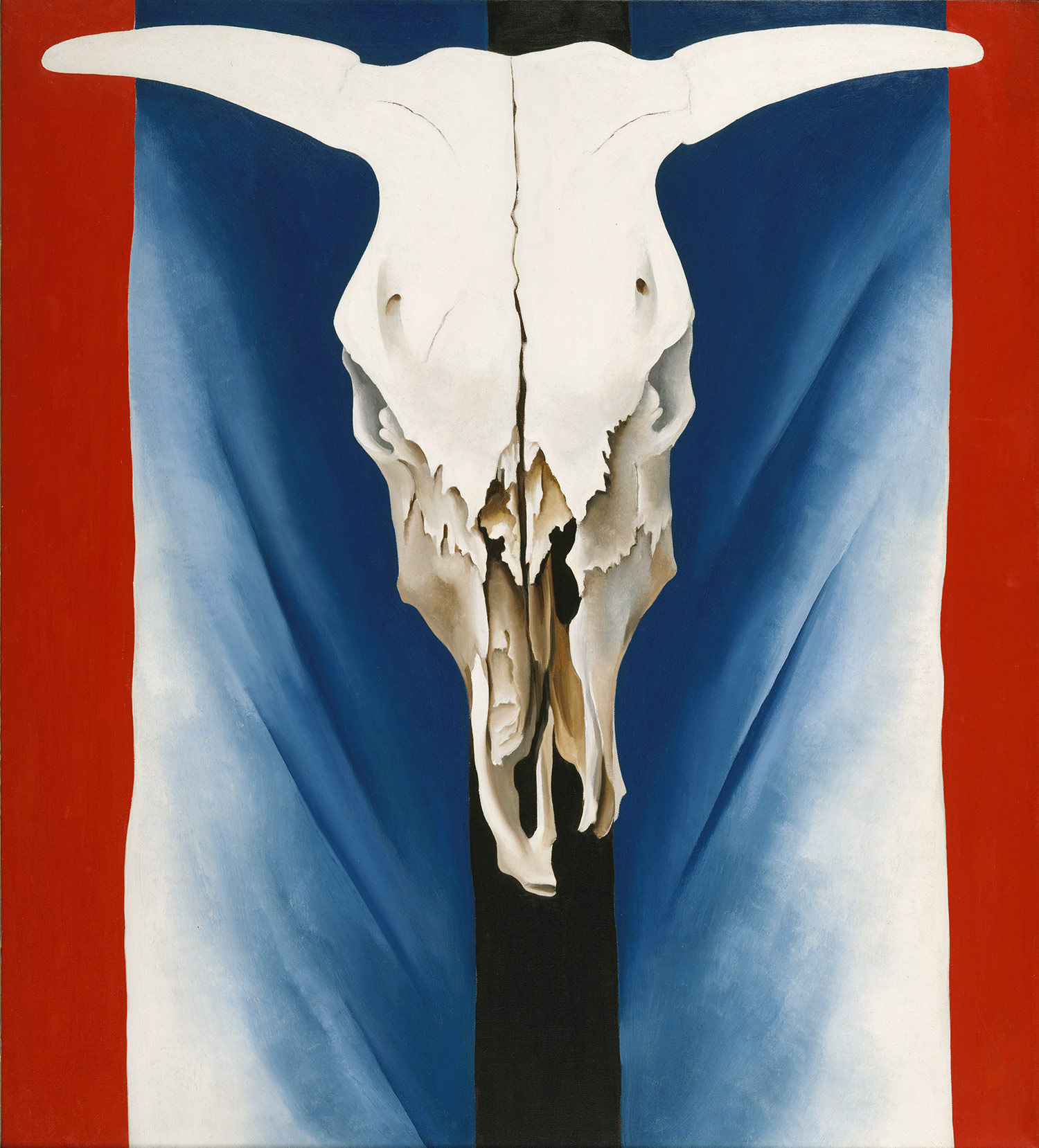

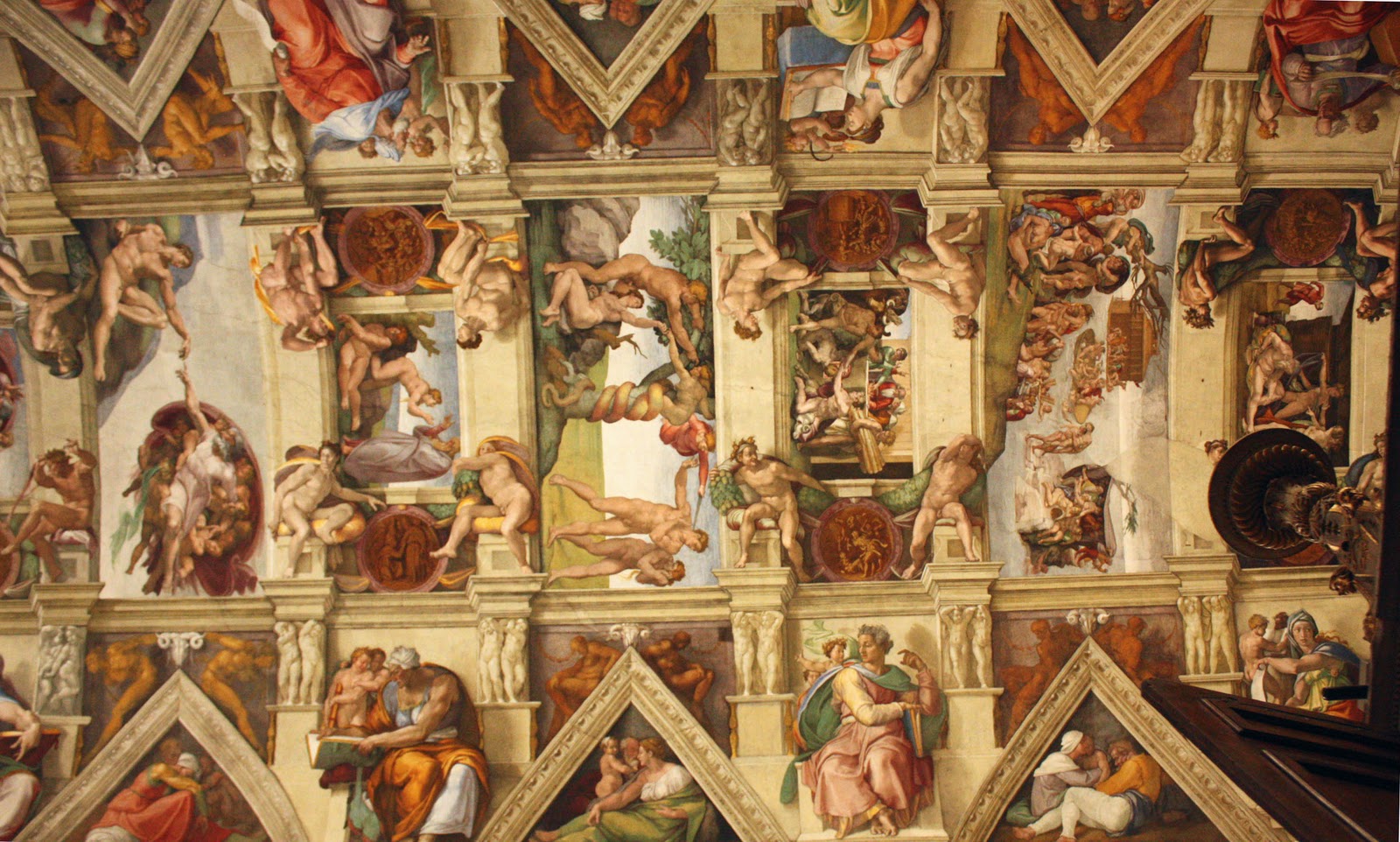

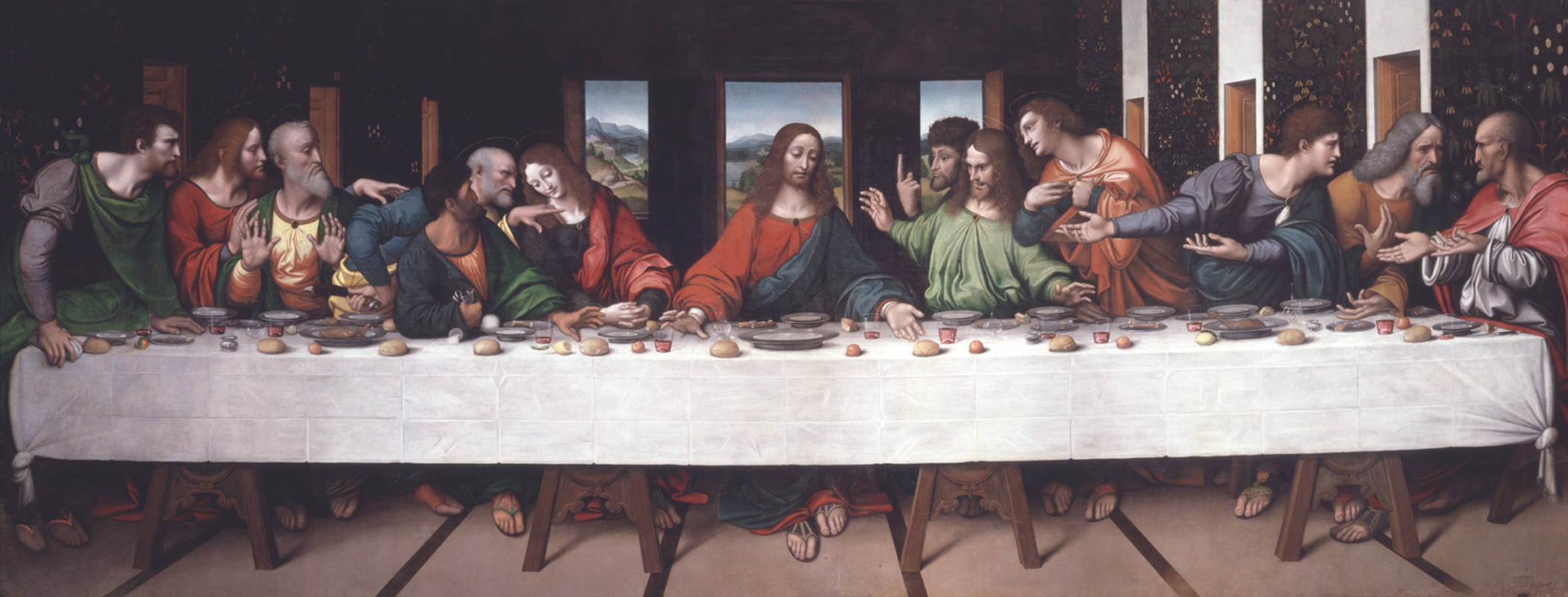

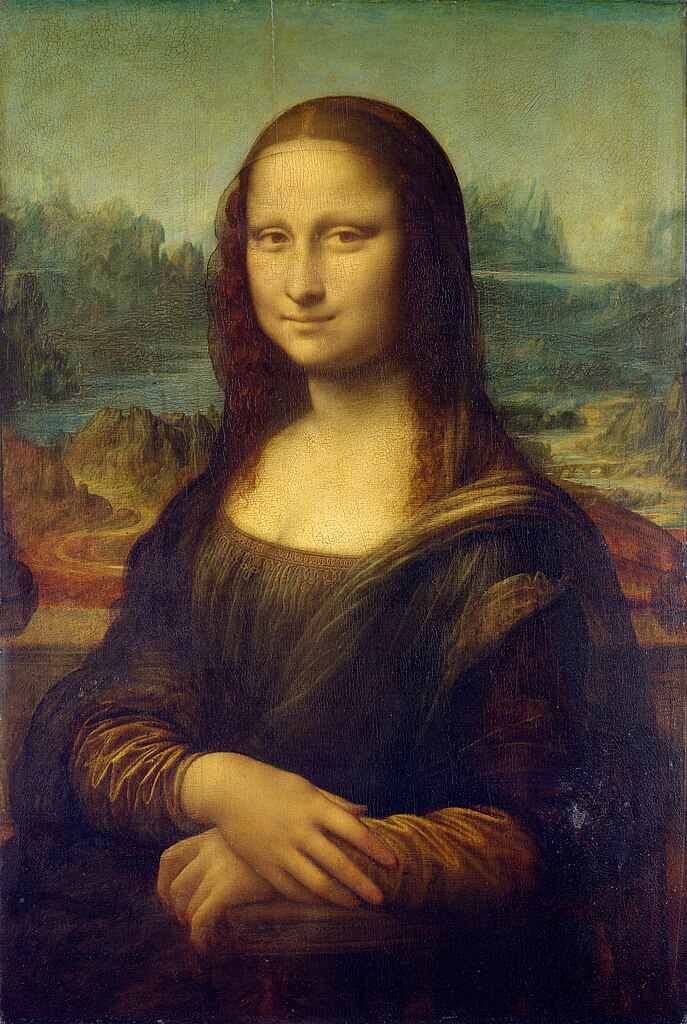







_2004_graphite_on_paper__12_x_9-140B1F2B076619E2C9E.jpg)

